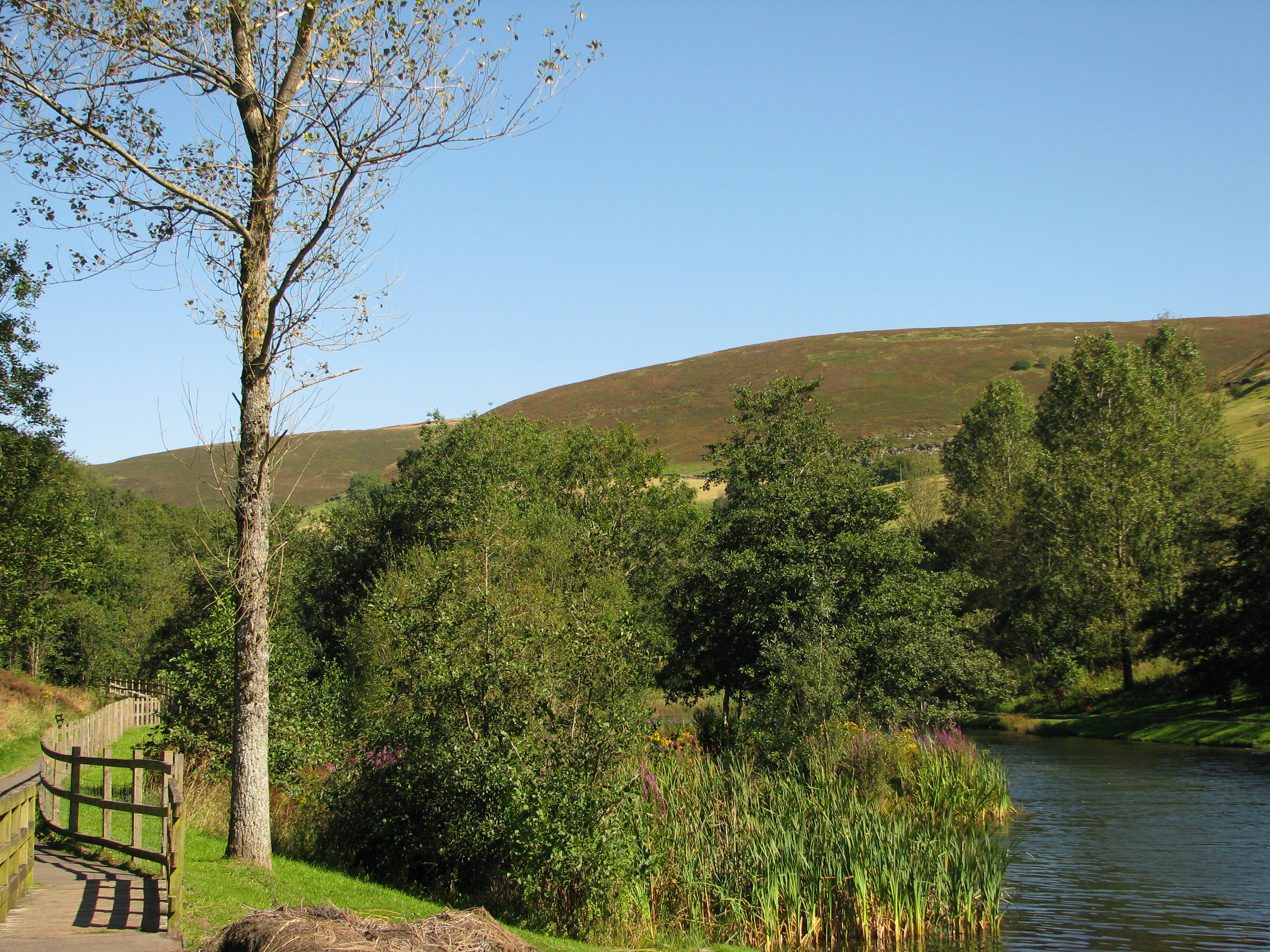Cwmtillery on:
[Wikipedia]
[Google]
[Amazon]
Cwmtillery () (population 2011. 4800) is a ward of Abertillery. Located within the historic boundaries of 
 Following the demise of the coal industry in the 1980s the natural environment is again highly regarded. There are walking trails in the area ranging from gentle lakeside walks to more energetic hillside climbs to over 580m.
Following the demise of the coal industry in the 1980s the natural environment is again highly regarded. There are walking trails in the area ranging from gentle lakeside walks to more energetic hillside climbs to over 580m.
Monmouthshire
Monmouthshire ( cy, Sir Fynwy) is a county in the south-east of Wales. The name derives from the historic county of the same name; the modern county covers the eastern three-fifths of the historic county. The largest town is Abergavenny, with ...
, it is part of the administrative area of the county borough of Blaenau Gwent
Blaenau Gwent (; ) is a county borough in the south-east of Wales. It borders the unitary authority areas of Monmouthshire and Torfaen to the east, Caerphilly to the west and Powys to the north. Its main towns are Abertillery, Brynmawr, Ebbw ...
, Wales.

Etymology
The name of the ward means "the valley of the River Tyleri". ' probably derives from a personal name.History
Located within a narrow valley formed by the River Tyleri, the area now known as Cwmtillery was once wholly a picturesque woodland area based beneath the heights of the local hill 'Gwastad' (551m) to the east and Mynydd James (550m)to the north. The area was mentioned by English historian William Coxe as "Well peopled, richly wooded and highly cultivated, almost rivalling the fertile counties of England". During the 1840s, Thomas Brown acquired the rights to sink a mine shaft at the site of a farm known as Tir Nicholas, in the hope of reaching the 'Elled' coal seam. The shaft was sunk to a depth of 130 yards and the colliery set up was originally known as Tir Nicholas Colliery, and later the South Wales Colliery. The mine changed hands in 1852, with John Russell taking ownership. Russell increased the original shafts and deepened the mine to 240 yards. The mine had a long history, closing in 1982; but also suffered several disasters, with four underground explosions between the dates of 1857 and 1876. The two worst disasters were in 1857 which saw the deaths of 13 miners, and the 1876 explosion which killed 16 men and boys. The Church of St Paul was constructed in the Early English style during 1890 and opened for worship in January 1891, initially as a daughter church of the parish of Abertillery. A distinct parish of Cwmtillery was set up in 1923. SingerTom Jones
Tom Jones may refer to:
Arts and entertainment
*Tom Jones (singer) (born 1940), Welsh singer
* Tom Jones (writer) (1928–2023), American librettist and lyricist
*''The History of Tom Jones, a Foundling'', a novel by Henry Fielding published in ...
(then known as Tom Woodward) was first spotted and signed for a recording deal in the early 1960s at the Top Hat club in Woodland Terrace, Cwmtillery. The club burnt down in 2011.
Cwmtillery was the principal location for the cult experimental feature film The Other Side of the Underneath (1972) written and directed by Jane Arden.
Notes
{{authority control Villages in Blaenau Gwent Wards of Blaenau Gwent Abertillery